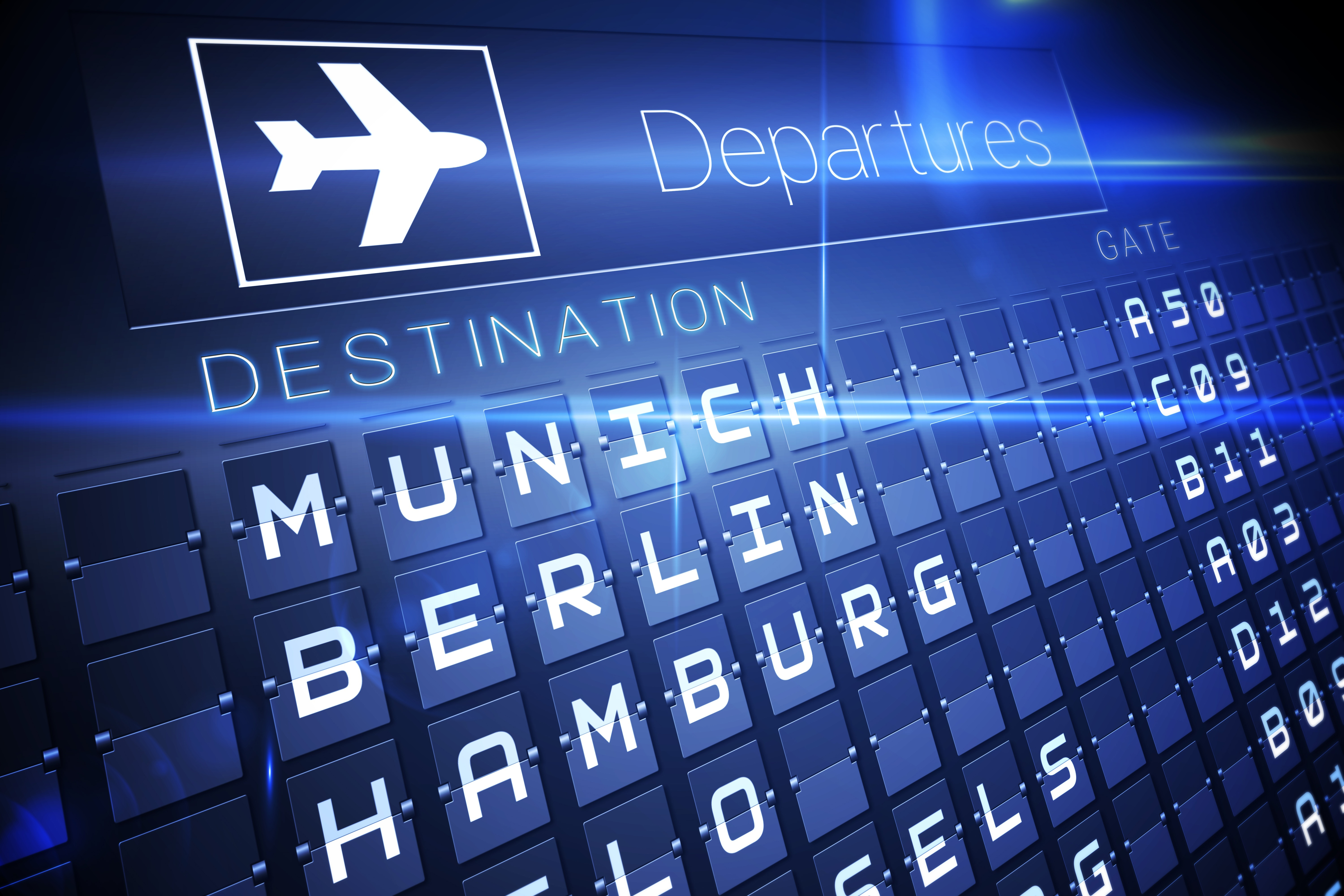Huawei, Telefónica Germany, and IoT provider Q-loud jointly launched a smart meter proof of concept (POC) based on NarrowBand Internet of Things (NB-IoT) for Munich Airport.
IoT increases efficiency and enables new services
Insufficient wireless signals in buildings and underground has limited the application of sensors in various fields across the airport, making it challenging to replace analogue and manual readings of electricity, water or gas meters. However, the trial-based introduction of NB-IoT potentially opens up completely new fields for the application of sensors at Munich Airport.
Munich Airport, together with Huawei and Telefónica Germany, has created a highly intelligent solution that uses NB-IoT to bring older analogue systems into the digital world. The EnergyCam, a camera system developed by Q-loud, can record meter readings of traditional roller meters, analyse images and recognise displayed meter readings through integrated software and transfer the data in digital form through NB-IoT in the Telefónica network to Huawei’s OceanConnect IoT platform. This solution enables the airport IT department to quickly access meter data for rapid analysis.
For organisations such as Munich Airport, selecting a suitable technological infrastructure requires consideration of many factors. For example, the networking technology required should ideally cover the total area of 1,575 hectares — around 2,200 football pitches. In addition, it cannot disrupt the air traffic control system in any way for instance.
Johann Götz, responsible for software and infrastructure development at Munich Airport, stated: “One important requirement for the current ongoing digital development of the airport has already been established: the IT department and technology department need to join efforts if the physical world on premises is to be connected to the Internet and become part of the Internet of Things.”
“The Internet of Things is not a goal in itself. We want to increase efficiency and enable new services,” explained Götz. “We are responsible for numerous electricity meters, based in the buildings on our premises and in properties in a 10 km radius from the airport. These need to be read at least once a year and many need to be read monthly. It’s a lot of work and because electricity consumption cannot be recorded in real-time, we cannot quickly intervene if there are any unforeseen changes.”
“Through digitisation, we’ve experienced dramatic changes in almost all departments. We’re proud that Munich Airport has introduced a new technology like Narrowband IoT,” added Götz. The IT specialist is convinced that by embracing technologies like NB-IoT to drive digitisation, Munich Airport can become a model for other smart cities.
Alexander Rupprecht, Director B2B Business Brand P&L at Telefónica Germany, added: “For the first time, we have implemented a new mobile communications standard for this trial in Munich Airport using NarrowBand IoT, which is specially designed for industrial-grade Internet of Things deployments and enables energy-efficient data transmission from corresponding IoT devices.”
“We have found our ideal IoT partner in Cologne-based Q-loud GmbH. Not only do they have many years of experience in prototyping industrial IoT end-user devices, but in this case they offer a production-ready product (EnergyCam) for digitising analogue meters that comes pre-integrated for connection to Huawei’s OceanConnect IoT platform. Meter data from analogue meter equipment can therefore be transferred in real-time using the NB-IoT transfer standard to data platforms for further processing,” stated Jörg Diederichs, CTO/VP New Business (IoT/I4.0) of Huawei Technologies in Düsseldorf. “Together with Telefónica Deutschland, our long-term innovation partner who has finished upgrading the LTE network at Munich Airport, we are able to actively support Munich Airport in its digitisation strategy.”
Click below to share this article

